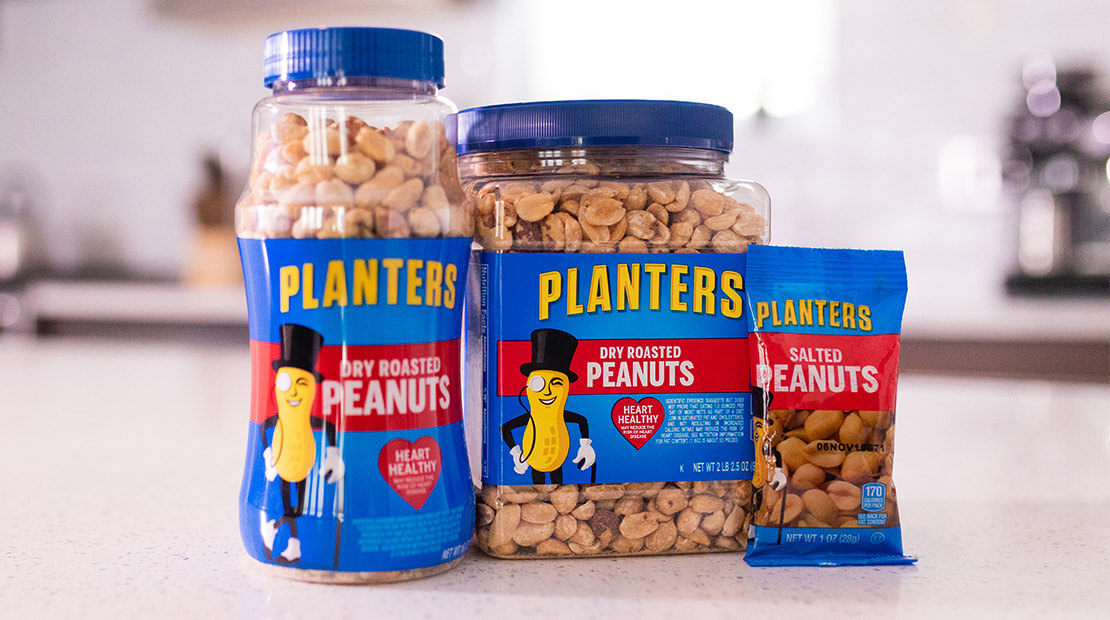Company
How Hormel Became a Snack Company

Progressive Grocer
Hormel Foods is a company that everyone knows but doesn’t always fully understand as it’s a unique entity in the consumer products world. Whether it’s the company’s surprisingly broad lineup of brands and presence in diverse categories, blended approach to serving food and foodservice retailers, or acquisition strategy, there are a lot of layers to what Hormel is today.
The Austin, Minn.-based company has quietly become a major global branded food company whose annual sales this year will easily surpass $10 billion for the first time. Credit for the milestone goes to the June 2021 acquisition of the Planters snacking business from the Kraft Heinz Co. for an effective purchase price of $2.79 billion. Suddenly, a company known for brands such as Skippy, Spam, Hormel, Columbus, Jennie-O, Natural Choice, Applegate, Justin’s and Herdez, among others, has become an even bigger player in snacking with the addition of one of the world’s most iconic brands.
“We think about where consumers have been and where they are continuing to go, and the snacking space is an area that really hasn’t shown any sign of slowing down,” says Jim Snee, Hormel chairman, president and CEO, regarding the Planters acquisition. “We were pretty well developed in snacking, but didn’t have any one significant brand that really stood out. Planters really affords us that opportunity.”
Planters is a more than $1 billion brand, but there was more to the logic of doing the deal than simply bolting on additional sales volume. The brand helps Hormel balance its portfolio and provides deeper exposure to the snacking category, consistent with living up to the vision of being a global branded food company. However, it’s the ability to turn loose Hormel’s innovation, marketing and consumer insights infrastructure to unlock new possibilities for Planters that has Snee and other senior leaders excited.
“We love that we have this balanced portfolio, and Planters really helped us further achieve balance not only in terms of just our general business segments, but also the center of the store portfolio with the non-meat protein aspect of it,” Snee says. “We saw balancing effects, and we saw the scale that we really, really want to get in the snacking space. But then, as we dug in, the marketing and innovation team looked at it and saw opportunities that made it even more compelling and exciting for us.”
Retailers should be excited, too, given Hormel’s track record of bringing innovation and growth to its brand portfolio, whether acquired or homegrown, and helping drive growth in the categories in which its brands reside. That gives P.J. Connor, Hormel’s group VP and president, consumer products sales, a powerful message to share with retailers thirsting for innovation from CPG companies.
“We’re really good at coming out with a creative innovation when we get our hands on brands,” Connor asserts. “You can see all the things that we’ve done with Skippy, whether it’s Skippy Squeeze, Skippy Protein or Skippy Snacks.”
The same could be said of the Columbus brand, with its unique packaging approaches to make charcuterie more accessible and expand usage occasions, or the recently acquired Sadler’s Smokehouse foodservice brand now gaining retail distribution.